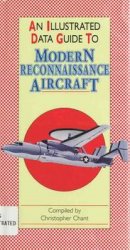Economists had feared that the flood of millions of veterans into the job market would cause serious unemployment. But the widespread craving for cars—bigger, faster, and “loaded” with features such as radios and air-conditioners—fueled the postwar economic boom. During the decade of the 1920s American factories had produced 31 million cars. In the 1950s, 58 million rolled off the assembly lines; during the 1960s, 77 million were made. The proliferation of cars contributed to the expansion of related industries, especially oil. Gasoline consumption first touched 15 billion gallons in 1931; it soared to 35 billion gallons in 1950 and to 92 billion in 1970. A new business, the motel industry (the word, typically American, was a combination of motor and hotel) developed to service the millions of tourists and business travelers who burned all this fuel.
Although the car industry was the leading postwar economic sector, war-weary Americans also bought new houses, washing machines, and countless other products. Unable to buy such goods during the war, they used their war-enforced savings to go on a shopping spree that kept factories operating at capacity.
In addition, the government made an unprecedented educational opportunity available to veterans. Instead of a general bonus, which would have stimulated consumption and inflation, in 1944 Congress passed the GI Bill of Rights, which made subsidies available to veterans so they could continue their educations, learn new trades, or start new businesses. After the war nearly 8 million veterans took advantage of the education and training grants, greatly to their long-term advantage, and thus to the country’s.
Economic prosperity in the decades after World War II allowed the federal government to increase its military and economic commitments abroad without raising taxes.




 World History
World History









